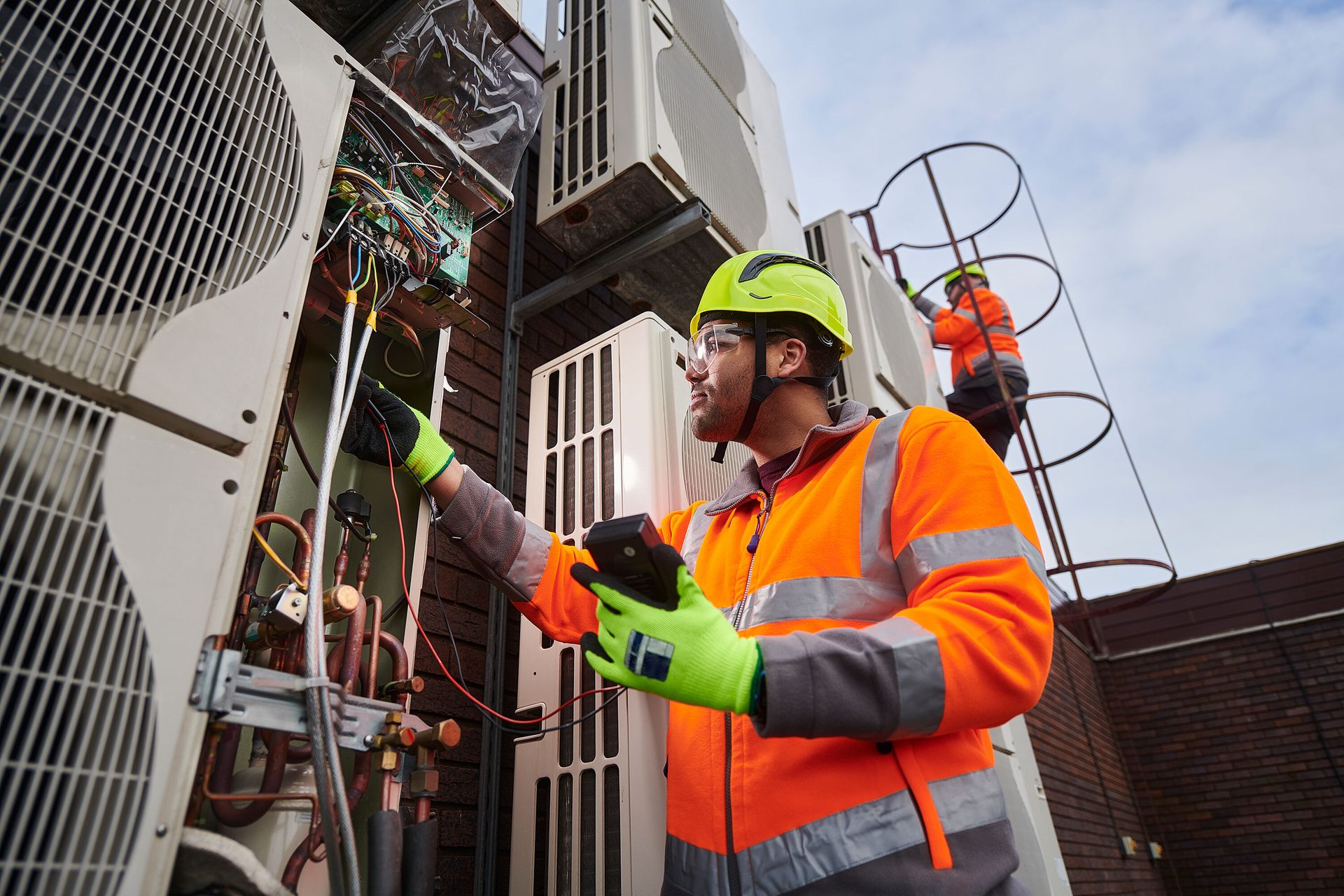feature
Refrigerant shortage update: Not going as planned
The A2L transition is too important to derail.
By Alex Ayers, HARDI

sturti / E+ / Getty Images
The transition to A2L refrigerants isn't going as planned. Despite over a decade of planning and hundreds of meetings involving safety experts, product designers, logistics specialists, and policy teams, our industry has fallen victim to an unexpected problem: a basic supply chain disruption. As an industry, we have packaged and sold millions of refrigerant cylinders for technicians in the field, and this basic failure in one of our most fundamental processes has triggered the domino effect we saw earlier this year.
This refrigerant shortage has caused real frustration. Technicians and contractors are told the equipment is ready, but it cannot be installed without refrigerant to top off the system. Distributors were receiving calls from long-time customers struggling to keep jobs on schedule. These concerns are valid and serious. However, we must respond with a clear understanding of what the industry is doing to fix it and why this is not the time to be misled by bad actors looking to profit from the disruption.
How the industry is responding
Despite the challenges caused by the disruption in available cylinders, the response has been strong. Refrigerant producers have invested in additional packaging lines, hired staff, and increased output to meet the spike in demand. Cylinder availability should improve significantly this summer if current efforts remain on track.
At HARDI, we are engaging directly with federal agencies and elected officials to ensure they understand these shortages' real-world impact. We are also communicating to our members and partners that this transition is working, even if imperfectly. The best way forward is to stay focused, informed, and on pace. However, a disinformation scheme to undo the AIM Act is spreading through the contractor community.
Beware of disinformation schemes
Unfortunately, some groups are trying to take advantage of the current disruption and have been trying to take advantage of the phase-down for years. You may have seen emails from an organization calling itself “Make American A/C Affordable Again.” This group is not a grassroots coalition of contractors. It is a fake front created by the group of companies operating under the iGas umbrella. iGas, as a refrigerant importer, has a direct financial interest in selling as much R-410A as possible before the industry converts to new refrigerants. This has been apparent from the beginning. I remember when iGas attended HARDI’s Congressional Fly-in in 2019 in an underhanded attempt to influence their future allocation. When they learned their efforts were wasted, they left without letting anyone know, hurting our reputation with the Congressional offices in the process.
iGas is not advocating for contractors. It is running a political campaign to delay the implementation of the AIM Act because such a delay could increase its profits. Emails released during a lawsuit against the company over a dispute with its supplier show the owner believed the HFC phasedown could generate more than $2 billion in profit. The longer the transition is delayed, the more of that profit iGas is likely to gain. The costs, however, would be passed along to the rest of the industry.
This situation has made it clear that the industry must improve demand forecasting. Based on discussions with distributors and producers, there was a communication gap regarding how the channel planned to stock R-454B in 2025.
Delaying the transition would force the EPA to reduce future GWP limits even more. It would also bring the industry closer to forcing the use of ultra-low-GWP alternatives like propane or carbon dioxide. These options lack sufficient safety standards for widespread use in comfort cooling applications and would place enormous burdens on equipment redesign and workforce training. As an industry, we must focus on achieving this transition, not causing a new one.
Improving forecasting to prevent future shortages
This situation has made it clear that the industry must improve demand forecasting. Based on discussions with distributors and producers, there was a communication gap regarding how the channel planned to stock R-454B in 2025. If territory managers were conversing with customers to gauge buying plans, that information was not passed along to purchasing managers or producers. With no information to the contrary, producers planned to supply the channel throughout the year. Instead, when fears of long lead times began to spread because of the initial cylinder shortage, we effectively had a bank run on refrigerant. Smart distributors started playing the role of George Bailey in It’s a Wonderful Life, asking not how much do you want but how much do you need?
Distributors should be thinking now about how to share their anticipated ordering needs with their suppliers weeks or even months ahead. This allows producers to allocate resources and adjust production schedules before the crunch happens. The more information producers have about downstream needs, the better they can manage packaging and logistics. Simply put, clear demand signals reduce surprises. The industry cannot afford to treat critical materials like just-in-time commodities anymore.
Staying focused on long-term success
Despite these distractions, the transition to A2Ls is making real progress. According to recent data from HARDI’s Unitary Market Intelligence Program, A2L-based central ducted systems now make up the majority of new sales. This major milestone shows how quickly the market can change with planning and preparation.
The early success of transitioning to A2L equipment shows it is too late to turn back. The most effective way to manage this transition is to move forward with coordinated efforts, not to reverse course because of temporary supply issues.
HARDI will continue advocating for policies that support distributors and the broader HVACR industry. We will also continue calling out attempts to exploit the situation for personal or political gain. The industry deserves better, and we are committed to protecting its future.
ABOUT THE AUTHOR:



